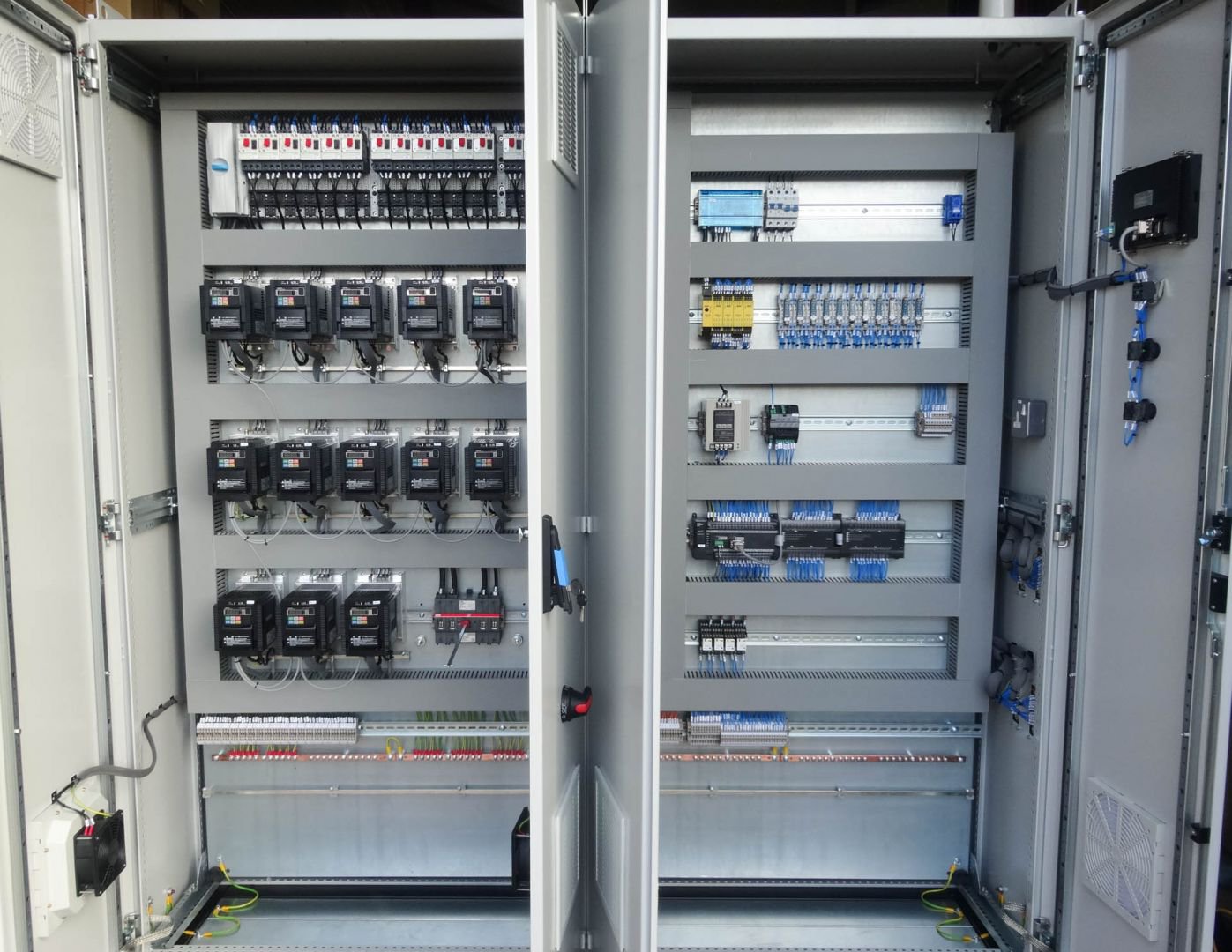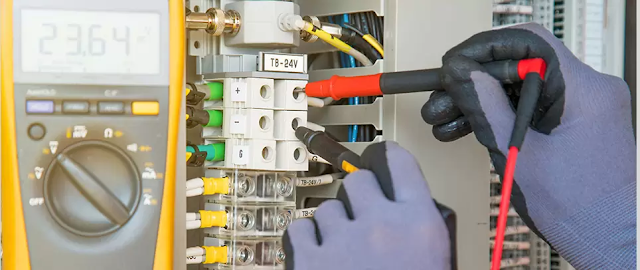Variable Frequency Drive Vs. Variable Speed Drive: Electric Motor Speed Control
If you're looking for a way to control the speed of your motor, you might be wondering what the difference is between variable frequency drives (VFDs) and variable speed drives (VS). These devices are both electric motor speed controls, but they work in different ways and have different applications. In this article we'll explore how each one works and how they differ.
Electric Motor Types and Applications
A variable-frequency drive, or VFD, is a device that controls a motor’s operating speed. It does this by using an adjustable frequency of alternating current (AC) power from the grid to vary the speed of the motor.
A variable-speed drive, or VSD, uses pulse width modulation (PWM) to control electric motor speed in applications where the motor operates at constant torque rather than constant horsepower. Both types are available as either open loop or closed loop systems depending on whether they have feedback signals from their environments (e.g., sensors).
The most common type of electric motors is AC induction motors which use three-phase AC power as their primary source—these include synchronous and asynchronous types with different performance characteristics but similar configurations. These can be used for conveyor belts or robotic machines because they can be controlled by VFDs or VSDs respectively without requiring any additional components such as gearboxes due to their ability to operate efficiently over wide ranges of speeds and torques without changing anything else about their internal structure.

Electric Motor Speed Control: VFD vs. Variable Speed Drives
First, you need to know a few things. VFDs are used to control the speed of electric motors. VSDs are used to control the torque of electric motors.
VSDs are also known as motor drives or inverters. VFDs are also known as inverters (though this term is more commonly used in Europe).
Both VFDs and VSDs are used to control the speed and torque of electric motors. The difference between a VFD and a VSD is that a VFD controls the speed only, while a VSD controls both speed and torque.
The Difference Between VSDs and DC
A VSD is a device that controls the torque of an electric motor. It does this by controlling the current supplied to the motor, and thus its speed, rather than using mechanical means like gears or belts to change it’s speed.
VSDs are often used in applications where constant torque output is needed, such as pumps and compressors. In cases like these they are able to provide more consistent performance than DC motors by keeping a steady power output despite changing loads (like increased water flow or greater pressure).
Conclusion
VFDs and VSDs are both types of motor speed controls. They both have the ability to increase or decrease the speed of an electric motor, but they do it in different ways. A VFD uses variable voltage input signals to control the frequency output from its inverter.
This allows for precise control over the motor's speed and torque while reducing energy consumption by up to 80% compared with a standard fixed-speed drive system. On the other hand, Variable Speed Drive uses variable voltage input signals to control the duty cycle output from its converter which directly affects how much power is sent through each phase winding on your motor (this means no matter what happens with voltage fluctuations).



Comments
Post a Comment